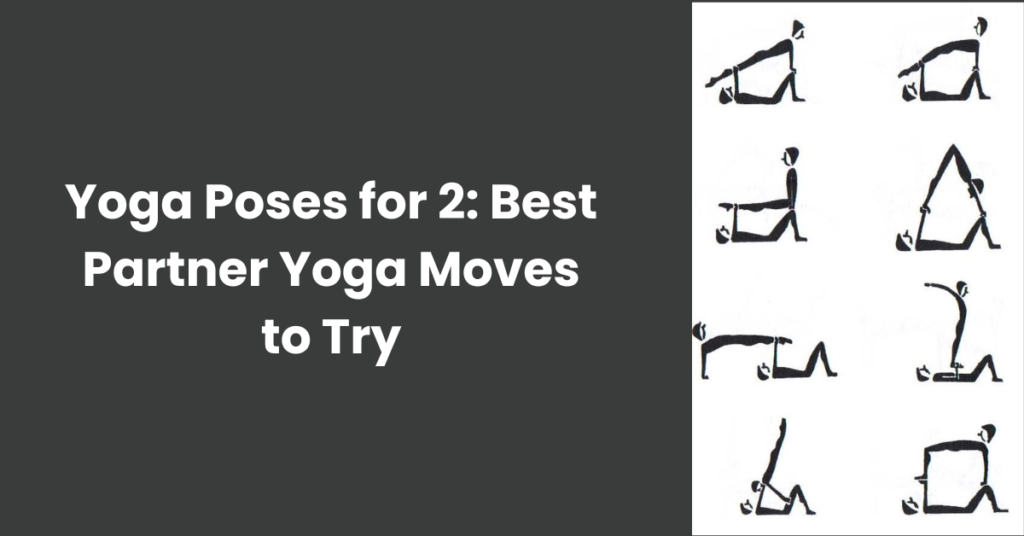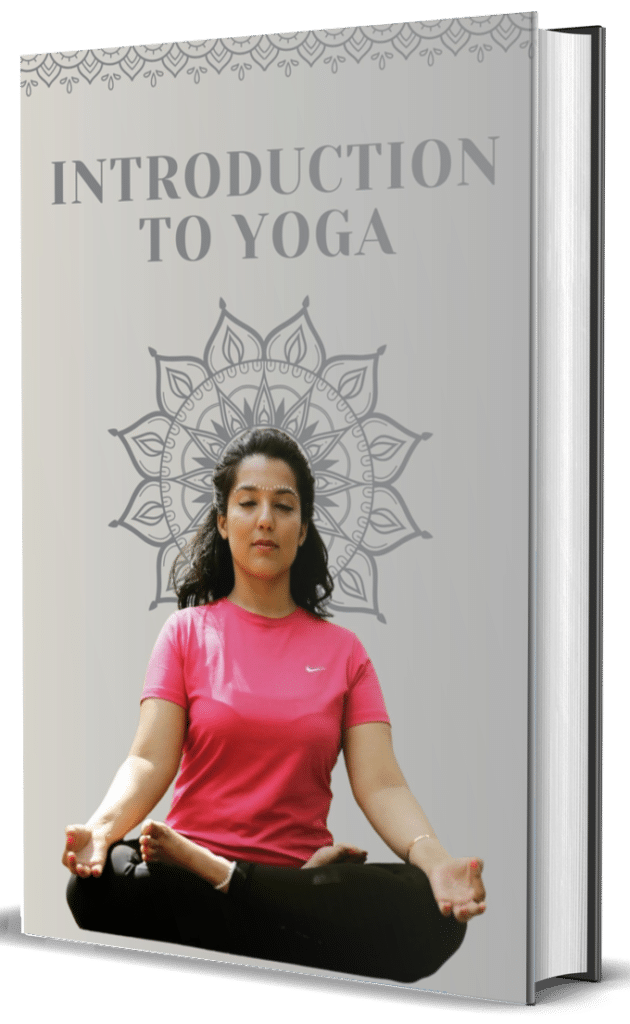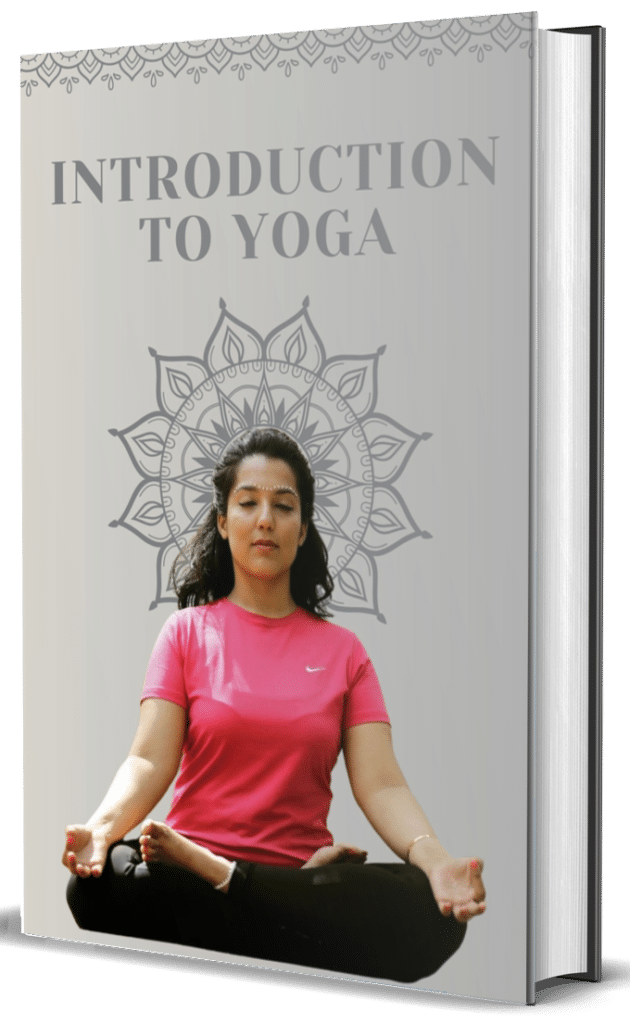- Key Takeaways
- What is Partner Yoga?
- Benefits of Partner Yoga
- Essential Safety for Partner Yoga
- Foundational Partner Yoga Poses
- Intermediate Partner Yoga Poses
- Advanced Partner Yoga Poses
- Communication and Alignment
- Adapting Poses for All Bodies
- Conclusion
- Frequently Asked Questions
Key Takeaways
- Partner yoga is an incredibly connective practice that builds trust and communication. It provides a playful and delightful experience that helps deepen connection and intimacy with your partner, friend or family member.
- Couples yoga increases your body’s strength, flexibility, and balance. Along with those physical benefits, it provides mental perks such as reducing stress and promoting a stronger emotional bond.
- Safety, clear communication, and proper alignment are first and foremost. Start with easy, beginner-friendly poses to make sure you have a solid foundation. Props, such as yoga blocks, offer comfort and support while you progress to more difficult poses.
- Foundational partner poses—such as Back to Back Twist and Forward Fold—construct trust and synchronization. More complex intermediate and advanced poses require much more collaboration, balance, and coordination.
- Partner yoga can be inclusive and accessible to all body types and skill levels. Incorporate props, variations, and an inclusivity lens to help everyone get the most out of class and avoid unnecessary tension.
- Mindfulness and regular check-ins during sessions help partners stay connected, aligned, and safe, creating a meaningful and rewarding yoga experience.
Take yoga practice to a whole new level with partner yoga, aka yoga poses for 2! It’s a joyful practice – a great way to increase flexibility, strengthen each other’s balance, and deepen connection.
Designed to cultivate trust and cooperation, these poses solicit collaboration and focus, which makes them great for couples, friends, or family members. From basic seated stretches to more vigorous standing balances, there is something for every practice level.
Whether you’re using yoga to unwind or stay in shape, practicing side-by-side injects a fun new dynamic into your regimen. So what are some simple approaches to get started with?
What is Partner Yoga?
Partner yoga is all about two people supporting one another through poses. This communal experience fosters equilibrium and offers protection to each other. It’s a fun social experience which makes it perfect for couples, friends or family who want to connect on a deeper level.
Through this practice there’s something for every body. Whether you’d prefer easy seated stretches together or want to face a challenge with advanced balances such as the partnered crow pose, the possibilities are endless! Trust and communication automatically change the dynamics as they provide deeper connection and safety while aligning intention with direction, amplifying the experience.
Each pose works not only to stretch shoulders, glutes and hamstrings. It’s perfect at releasing tension, supporting digestion with the twisting poses, and releasing emotional stress stored in the hips.
For everyone, especially those leading sedentary lifestyles, it’s a fantastic stress reliever and keeps the body moving.
Benefits of Partner Yoga
Partner poses build strength, balance and flexibility in shared ways. As an example, poses such as Double Tree or Partner Forward Fold can push muscles to their limits while building balance and coordination.
With most partnered poses, the ease and comfort of the practice creates calmness in the lower back, neck, and hip areas. Through deeply supportive stretches, you both experience and share relief.
On an emotional level, reducing stress and promoting feelings of calmness helps you connect to your partner on a more intimate level. Longer holds of 8–10 breaths give the partners time to fall into a natural rhythm with each other’s breath, cultivating a beautiful stillness, trust, and openness together.
In addition to the physical and mental benefits, partner yoga promotes teamwork and communication, building intimacy while adding a newfound sense of fun. It’s an immersive experience that’s totally customizable and such a fun way to deepen self-awareness, connection, and intimacy.
Ultimately, it is a rewarding experience for both.
Essential Safety for Partner Yoga
While partner yoga can be a powerful and enlivening experience of connection, safety is critical in order to experience partner yoga’s full benefits. Have frank conversations and set clear expectations and comfort levels so you both feel safe, as it will build trust and respect with your partner.
Alignment is important because incorrect alignment causes unnecessary harm and potential injury. Never lose sight of form, making sure the base partner feels solid before moving on. New practitioners need to stick to the basics.
For instance, Partner Plank (4/10) builds your strength and confidence before moving onto more complex poses such as Flying Bow (9/10). Yoga props like yoga blocks can provide added stability while facilitating exciting new movements!
If we do, by stretching and deep breathing beforehand and taking breaks as needed, help keep us both safe. Falling down at first is natural—what matters most is empathy and support.
Foundational Partner Yoga Poses
Partner yoga fosters a unique experience where mutual connection, trust, and flexibility blossom. Newbies can start with easy poses like Forward Fold, Back-to-Back Twist and Double-Tree Pose. With the emphasis on mutual support, these poses help provide balance and alignment.
These poses are inclusive, particularly when partners are comparable in size or when a larger partner offers stability as a base. Moving in time with one another and breathing together can help deepen the practice, creating a rhythm of balance and connection.
Foundational poses like Warrior 3 with a partner encourage deeper stretches and improved stability, benefiting those struggling on their own. Shared yoga can ease stress, improve spinal length, and stretch hamstrings.
It’s like dinner and a movie, if dinner and a movie improved your relationship—90% of couples say it helps them feel more connected. Mutual support ensures proper form and confidence throughout.
Intermediate Partner Yoga Poses
Intermediate partner yoga poses ignite your path to greater flexibility and strength. Third, they foster mutual trust between partners and deepen physical and emotional intimacy.
Double Plank and Double Boat Pose are poses that really challenge coordination, concentration and balance. These poses require both partners to engage their core while improving overall stabilization.
The Airplane Plank introduces acroyoga elements, challenging balance and strength, while the Downward Dog Bow Pose combines classic yoga postures to stretch and strengthen the back muscles.
With variations such as the Square Pose, this pose can be appropriate to varying skill levels, making it versatile. Trust-building poses, such as the Star Pose and Folded Leaf, emphasize communication as the key to alignment and safety.
Jointly working in these intermediate poses (4/10—7/10) with a partner promotes empathy and cultivating togetherness.
Advanced Partner Yoga Poses
Advanced partner yoga poses provide the ultimate challenge and connection. They offer so many benefits that stretch outside the realm of physicality. Poses like Handstand Supported by a Pyramid and Flying Superman require both partners to trust each other while maintaining focus and balance.
These poses open up deeper stretches and build your basing strength. They liberate you to attempt movements that feel impossible when you’re practicing solo. They’re great for building collaboration, patience, and clear communication, tools that can help build your partnership and enrich relational dynamics.
Documenting progress through photos or notes can add motivation and allow you to celebrate milestones. These poses can be adjusted to accommodate all strengths and ranges of motion. This allows all levels of practitioners to reach them in an exciting way and have a rewarding experience that fosters development.
Communication and Alignment
Partner yoga balances on the cusp of communication using both verbal and non-verbal cues. Communicating through physical cues, such as pressing your partner’s ankles up or moving hands to better positions, creates connection and alignment through effort and intention.
Checking in frequently builds trust and comfort, especially in poses like Shoulderstand, where pressing into your partner’s thighs can release the lower back for a deeper stretch. Alignment protects from injury as well. For example, taking practice close to a wall provides support if falling over seems imminent.
Mindfulness deepens this connection by helping both partners remain present. Flexibility, like bending the knees to interlace hands behind one’s back, requires some element of coordination.
Studies show couples engaging in interactive activities feel closer, proving communication fosters satisfaction beyond the mat.
Adapting Poses for All Bodies
By adapting partner yoga poses to be more comfortable and accessible, the practice can become more inclusive and enjoyable for all bodies! With some easy adaptations, we can welcome more body types and abilities.
In an alignment intensive pose such as Warrior 1, you can discover 10-15 variations to try. This allows partners to focus on building their stability or mobility. Using props such as yoga blocks, straps or bolsters provides the support needed to work at your edge.
This is hugely helpful for people with decreased mobility or injuries like shoulder tension or knee sensitivities. Modifying is the important part—maybe one person uses a seated modification while their partner stays standing, that way both people are engaged equally.
Inclusivity creates community and makes sure that everyone feels welcomed, not rejected. With clear intention, all of these adaptations can be made, resulting in a compassionate, purposeful, and impactful practice.
Conclusion
Partner yoga fosters deeper connections through the unique combination of movement, trust, and shared effort. It’s really not all about flexibility or strength. It’s more than just yoga, it’s about creating that relationship outside of the mat. Each pose, no matter the level of difficulty, is an opportunity to cultivate and expand together while giving each other strength and support, both physically and emotionally.
With clear communication and a focus on alignment, you can enjoy the practice safely and adapt it to suit any level or body type. Whether you are a newcomer or seasoned practitioner, there is something to learn, discover and practice.
So, why not try out this practice? Grab a friend, unrug your yoga mats, and work your way up to those advanced asanas. Get inspired by the magic of moving as one and composing a beautiful masterpiece together.
Frequently Asked Questions
What is partner yoga?
Partner yoga is a practice in which two individuals practice yoga in conjunction with each other. It creates trust and communication, allows deeper stretches, and it heightens the physical and emotional connection.
Is partner yoga suitable for beginners?
Indeed, partner yoga can work for any level. Learn to teach foundational poses and emphasize alignment and communication to create a safe, welcoming yoga experience that leaves them coming back for more.
What are the benefits of partner yoga?
Partner yoga helps to build strength, flexibility, and balance. It improves bonding, lowers anxiety, and builds safety and collaboration between pairs.
How do I stay safe during partner yoga?
Be in clear communication with your practice partner, use a non-slip surface, and don’t force your body past where it feels safe and comfortable. Please remember to honor your body and take breaks when you feel necessary.
Can partner yoga work for all body types?
Why yes, partner yoga is totally adaptable to every body type, size and ability! Pay attention to alignment, use props generously and modify poses as needed to suit your body and practice.
What are some beginner-friendly partner yoga poses?
Go for easy options such as Seated Twist, Partner Forward Fold or Back-to-Back Chair Pose. These are wonderful to do because they develop trust and coordination.
How does communication improve partner yoga?
Transparent communication will keep everyone safe and on the same page. It allows you to sync your movements, prevent potential injuries and creates a better overall intimate bond with your significant other.




